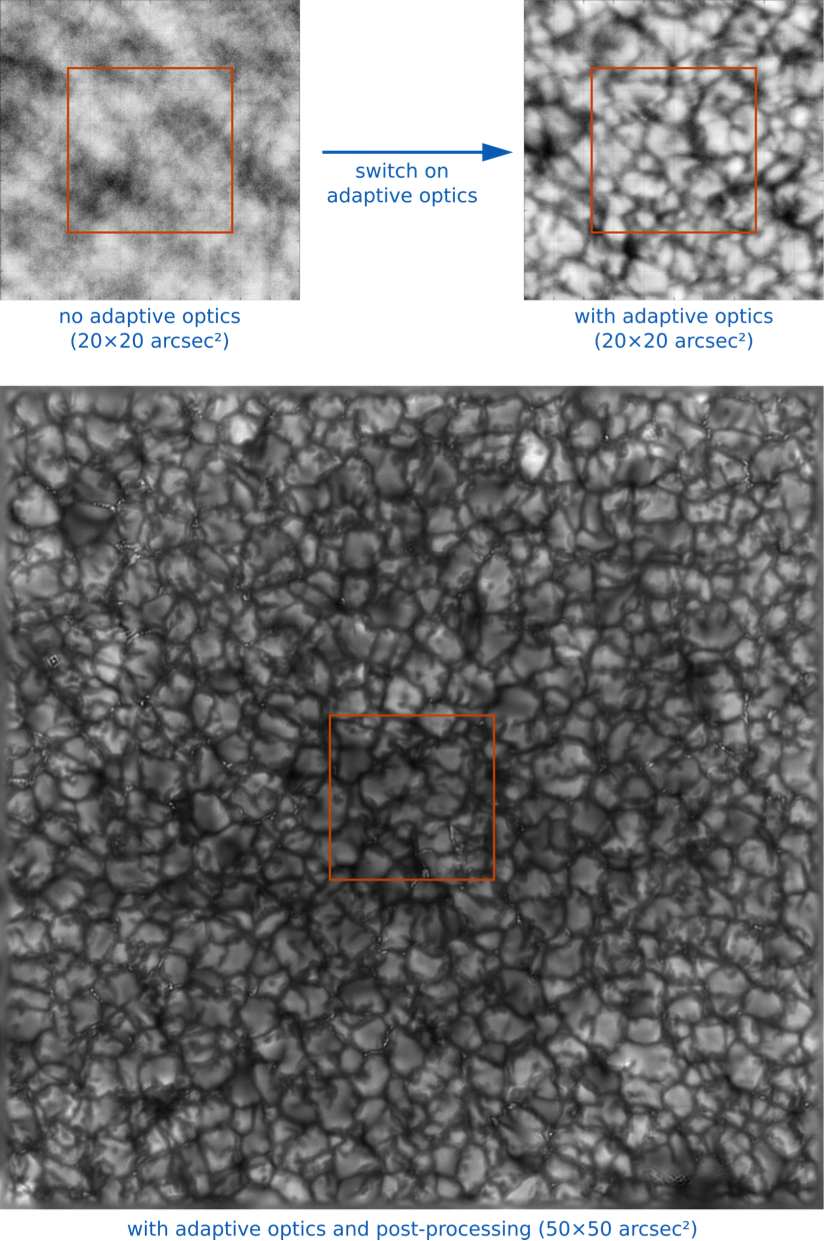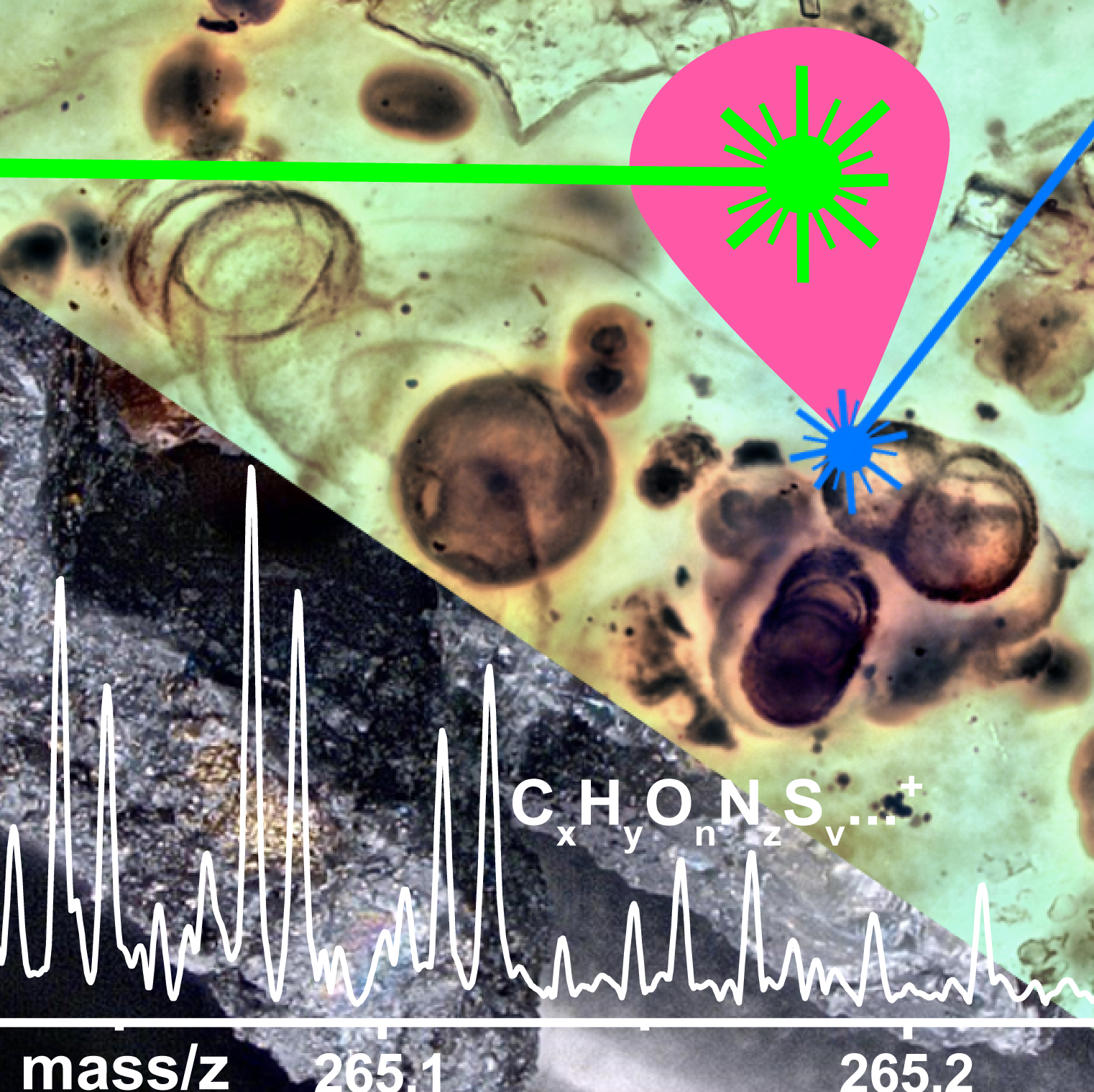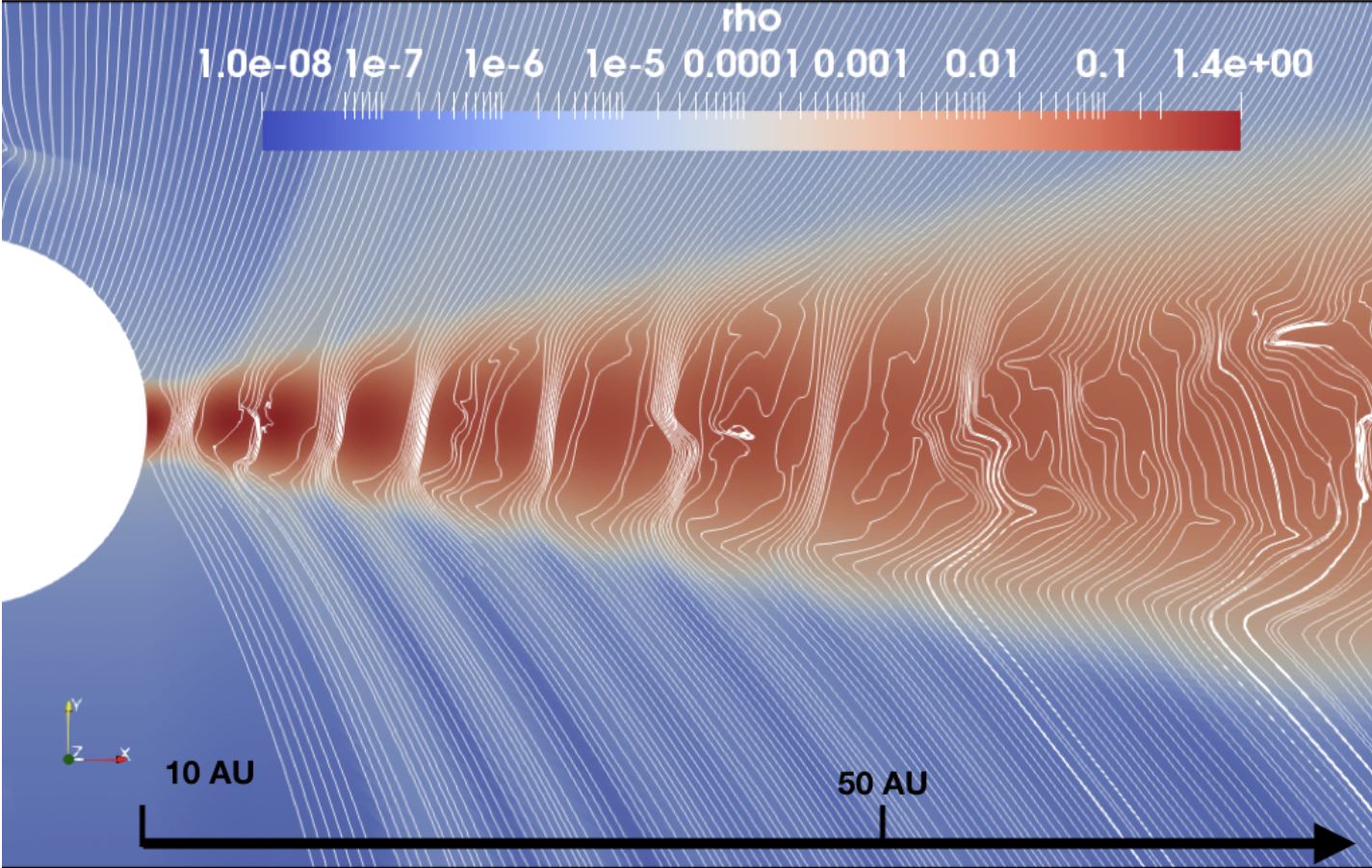
Unsupervised and predictive control for adaptive optics
Unsupervised and predictive control for adaptive optics
Overview
The project will develop new approaches to optimizing adaptive optics control for astronomy and telecommunications. Our advances will be decisive for improving image quality in astronomy, pushing back contrast limits for exo-planet detection and limiting signal losses in telecommunications.
- Éric THIEBAUT, Michel TALLON, Isabelle TALLON-BOSC & Maud LANGLOIS, Centre de Recherche Astrophysique de Lyon (CRAL)
- Caroline KULCSAR & Henri-François RAYNAUD , Institut d’Optique Graduate School (IOGS), Laboratoire Charles Fabry (LCF)
- Loïc DENIS Laboratoire Hubert Curien (LHC), Université Jean Monnet Saint-Etienne (UJM)
- Cyril PETIT & Laurent MUGNIER, ONERA
- Damien GRATADOUR, LESIA
Our aim is to develop classical real-time control methods to approach or achieve the ultimate performance that a given system should allow under all observation conditions.
Our approach will be based on modeling all the components involved (turbulence, deformable mirror, wave-surface analyzer), while aiming to control the approximations that will have to be made to remain compatible with real-time constraints (very limited computation time and numerical complexity, since it is typically necessary to process, in less than a millisecond, the 100,000 to 1,000,000 pixels delivered by the wave-surface analyzers to deduce the 100 to 10,000 commands from the deformable mirrors) in order to guarantee the best possible correction, while tracking the temporal evolution of the system.
By freeing ourselves from the relatively fixed matrix control law used by conventional real-time computers (RTCs), we are able to take into account more flexible and therefore more relevant models of the system components and turbulence at any given moment, provided that, in parallel with the control, we carry out updating tasks (notably by self-calibration) of these models (turbulence statistics, wave surface analyzer behavior and measurement covariance in particular).
To develop
Our researchs
Modeling wave surface analyzers
Develop fast models, including for non-linear analyzers (pyramid and Mach-Zehnder) and providing an estimate of the measurement covariance matrix.
Turbulence modeling
Develop a spatio-temporal statistical model of the wavefront that can be used to predict wavefront evolution.
Dynamic model of the deformable mirror
Establish a model for the spatio-temporal response of the deformable mirror.
Model learning
Develop strategies for calibrating and updating the parameters of the above models in real time. In particular, the possibility of calibrating these models based on system behavior during observations (auto-calibration) will be studied.
Reducing complexity
Model adaptation (e.g. parsimonious approximations) and development of fast numerical methods for real-time control and learning tasks.
Prediction
Evolve the control loop to exploit prediction of system behavior (turbulence and instrument) and reduce degradation due to delay.
Unsupervised control
Develop automatic methods for estimating control parameters to guarantee optimal operation whatever the operating conditions.
The Consortium
Université de Poitiers, de Paris Est val de Marne et Paris cité
Scientific expectations
We will be contributing to the development of new RTCs for the SPHERE+ instruments on the VLT and PCS on the ELT, making the most of these instruments’ capabilities whatever the observing conditions, in particular through global control and prediction. For users, this will mean improved image resolution and stability of instrumental response, and therefore in terms of the contrast achievable by post-processing methods.
Our developments will enable us to improve performance and limit optical signal loss on telecommunications satellites such as LEO (Low Earth Orbit) or GEO (Geostationary Earth Orbit).
Societal impacts
Thanks to our general approach (based on modeling), the advances we envisage will be quite widely applicable to any adaptive optics system, provided that it is possible to modify the control method implemented. This includes, quite directly, applications in ophthalmology and, at the cost of further development, on more complex AO systems. Reflecting the versatility of our approach, our developments for astronomy and telecommunications will be largely common.
Skills development
A community of 10 permanent researchers, research professors and engineers, plus 3 PhD students, 4 post-docs and 1 contract research engineer.
More projects


